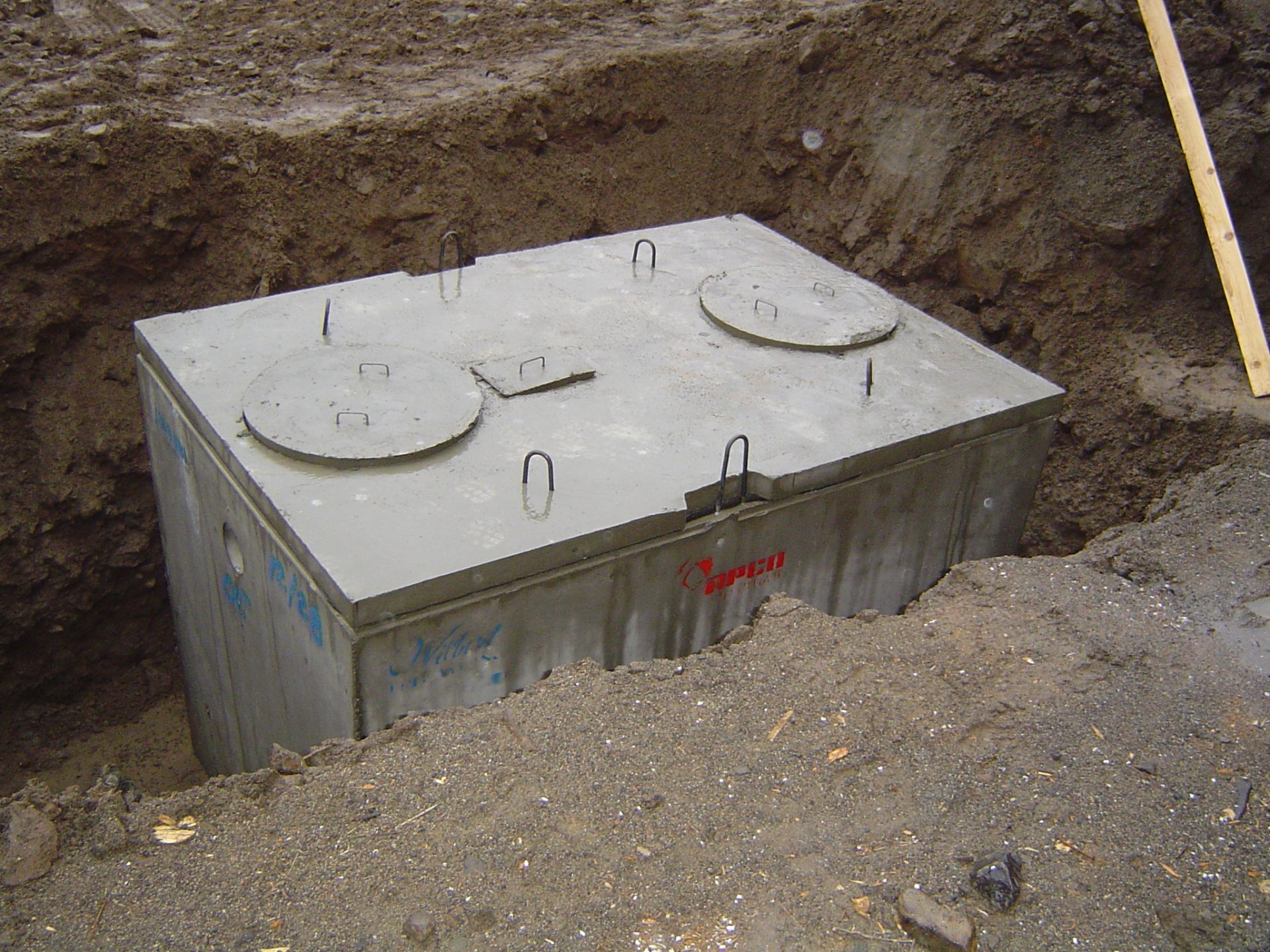Septic tanks are an essential element of the wastewater management process for those who aren’t connected to municipal sewer networks. When choosing the best septic tank for your needs, homeowners have two main choices to think about the concrete option and precast. Both options offer distinct advantages and pitfalls. Knowing the distinctions can assist property owners to make informed decisions about the sustainable management of wastewater.

Septic tanks are underground tanks that collect as well as treat waste from commercial and residential properties. Septic tanks play an important component of the wastewater treatment process. They are safe for effluent disposal while protecting both the public and the natural environment.
Concrete Vs. Precast Septic Tanks: Which is Right for You?
Concrete septic systems have been in existence for quite a while because of their strength. Built on site using concrete poured the tanks are renowned for their strength and ability to withstand the test of time. However, the procedure of installing for concrete tanks can be tedious and time-consuming.
Precast septic tanks are manufactured on-site and delivered to your property for installation. These tanks are produced within controlled environments to ensure high quality and strength. Precast tanks are less difficult to set up and come with lower expenses for labor.
Precast tanks offer many benefits to property owners who are considering upgrading or replacing the septic system they have in place. Precast tanks are constructed according to strict quality standards. This provides property owners with peace of assurance. The speedy installation process minimizes time-to-complete and also minimizes disturbance to property. For more information, click Septic tanks for sale near me
Maintaining your concrete tank for septic: Tips to ensure long-term durability
Although concrete septic tanks are popular for their durability, proper maintenance is essential to ensure long-term performance. Regular inspections and maintenance are crucial to prevent issues such as clogging and structural damage. Property owners must also be aware of the substances and chemicals that are added to the septic system in order to prevent any damage to the tank.
Environmental considerations are taken into account in the design of a precast septic tank. The tanks are constructed with sustainable techniques, which minimize waste and energy consumption. Furthermore, the strength and durability of precast tanks contribute to reduced environmental impact over their lifecycle.
Property owners should consider their personal preferences and requirements when deciding whether or not to install a septic system. The choice between precast and concrete tanks will be affected by factors like the soil type, the size of the property, and local rules. Property owners can make informed decisions through consulting with experts.
How Septic Tanks can contribute to Sustainable Wastewater Management
Septic tanks play an essential element of sustainable management of wastewater. They allow you to dispose and treat household effluent. Septic tanks that are correctly maintained will help protect the surface waters and groundwater and also help preserve local ecosystems.
It is vital to choose the proper size of septic tank to avoid overloading of the system and ensure effective treatment of wastewater. Considerations like the size of your property along with water usage as well as the number of occupants must be taken into consideration when determining the correct tank size. It is crucial to select the correct size for the treatment of wastewater.
The modern manufacturing processes used in the manufacture of precast septic tanks result in superior, reliable solutions to effective wastewater treatment. The tanks are built to meet stringent industry standards and provide property owners with a a dependable and low-maintenance option for managing wastewater.
Regular maintenance is necessary for tanks to function optimally and last for as for as long as is feasible. The recommended maintenance schedules must be followed by property owners. They include pumping, inspection and monitoring the system. If they focus on the maintenance of the septic tanks, property owners can save costly repairs and ensure their long-term functionality.
The design of a septic tank is a critical aspect of sustainable wastewater management. When choosing precast or concrete options, the system should be constructed to meet the needs of the property, and provide the efficient disposal and treatment of wastewater. Professional design services and installation help owners build Septic systems that are safe and efficient.
The Economic Impact and Environmental Repercussions of Upgrading to Precast Septic Tank Systems
The change to a precast system of septic tanks can be beneficial for the environment and the financial health of the property owner. Precast tanks are cost-effective because they take less time to construct and also have lower costs for labor. Precast tanks also aid in sustainable wastewater treatment practices due to their environmental benefits.
In conclusion, choosing the best septic tank is an important choice for property owners seeking eco-friendly solutions to managing wastewater. Whether opting for precast or concrete alternatives homeowners should take into consideration aspects like durability in installation, efficiency of installation as well as environmental impact and longer-term maintenance requirements. Making informed choices can aid property owners in ensuring the efficiency of their septic system as well as longevity for a long time.
